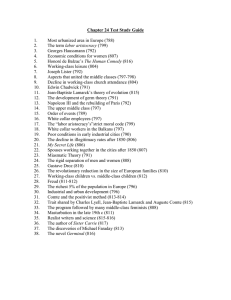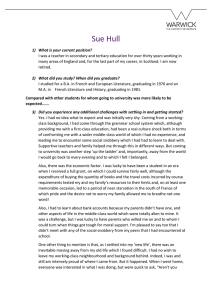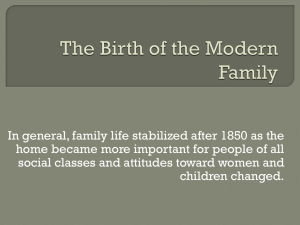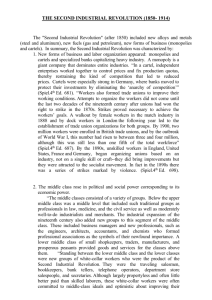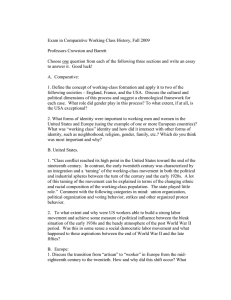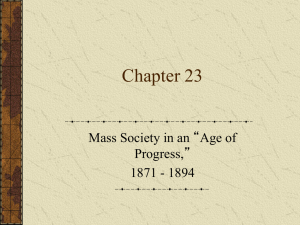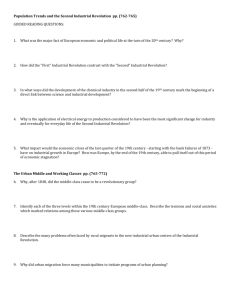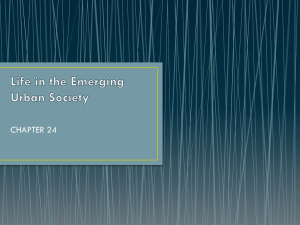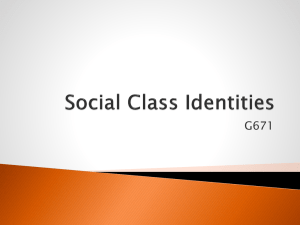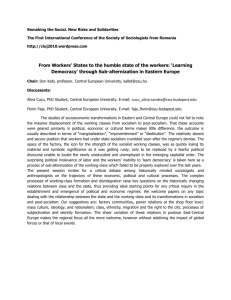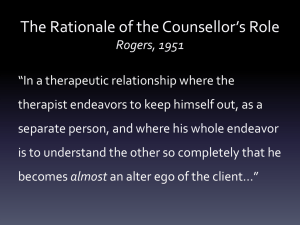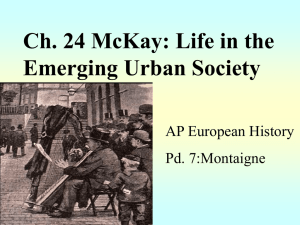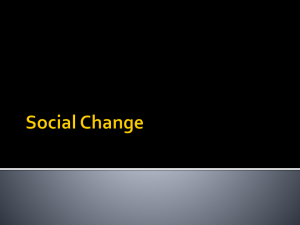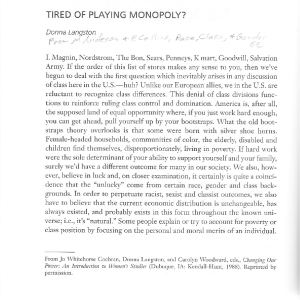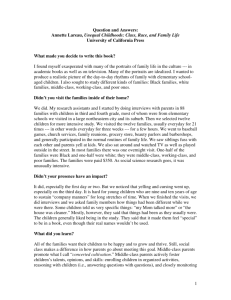DBQ Classes
advertisement
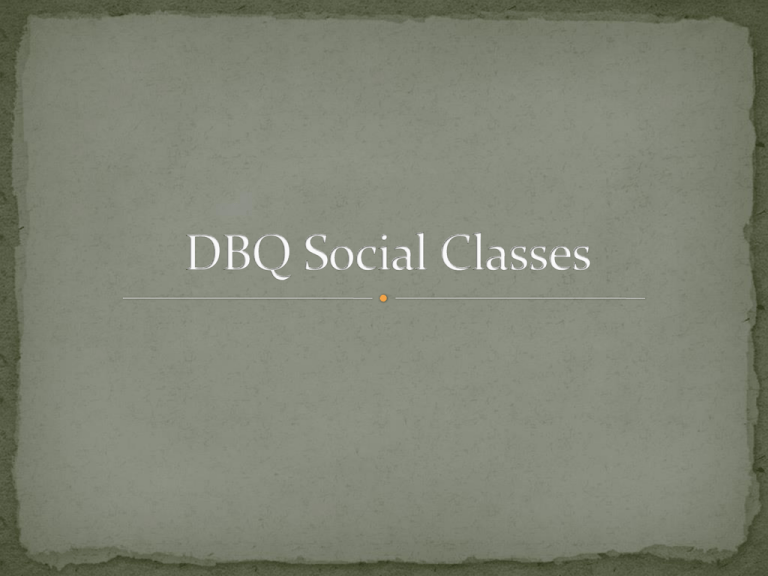
Compare middle-class and working-class attitudes toward work and its effect on the worker in the 19th century Western Europe. Upper classmen vs. Lower classmen in High school. What are attitudes about school what is the effect? -With a partner read all 10 docs and take notes. -Focus on attitudes and effect! -How do you set up notes? Working class, middle class, cross overs Anything else? In the 19th century the middle-class had a positive view about work and blamed negative effects on the workers’ poor character. The working-class, however, viewed the new industrial work negatively and blamed their poor condition on the work. There were members of society whose views crossed social lines. The middle class found work during the industrial revolution positive and blamed any negative effects on the poor character of the working class. This positive view of work can be seen in a Sunday school hymn that teaches children that work is good and builds moral character. Idleness will lead one down the path of the devil. (Doc 1) This document is being supported by the school system and the church adding to its influence on the next generation of workers. The report of Barrois also shows another positive attitude from the middle class by stating it is false to equate the hours of work as arduous work. They also go on to report that the work is not that bad and the working class is lazy and that is why the conditions seem so poor to the working class.
